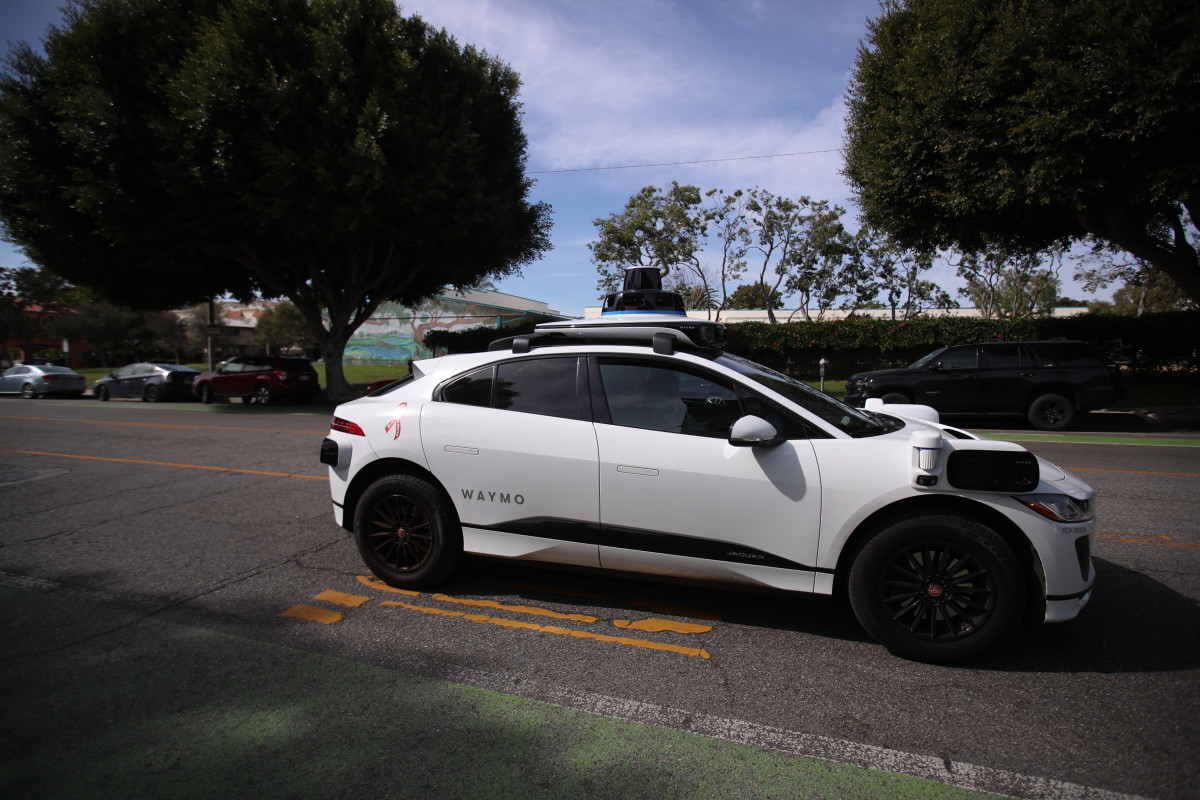The Challenge of Autonomy

It seems Uber’s foray into self-driving cars in the UK isn’t hitting the road as soon as planned. The original idea was to launch the autonomous fleet, but it’s now looking like the brakes have been applied, and that fleet won’t be rolling out until at least 2027. The UK government is currently hammering out the details for autonomous vehicle regulations in a new Automated Vehicles Act. Until these laws are set, any self-driving car must still have a human behind the wheel, which kind of defeats the purpose, right?
The delay has a lot to do with last June’s election in the UK, bringing in a government eager to re-evaluate how self-driving cars should be regulated. This means Uber, eager to launch its robotaxis, is left in the pit lane. Andrew Macdonald, Uber’s senior VP of mobility, says they are set to go as soon as they get the green light from lawmakers.
Uber’s not alone in this race. They’re playing nice with 18 other automated vehicle tech companies, including Wayve, which is tinkering with Nissan’s ProPILOT driver-assist system. Across the pond, Uber’s already teamed up with Waymo—a real game-changer in the world of self-driving tech. They’re planning to roll out a fleet of electric VW ID. Buzz vans in Los Angeles next year, aiming to bring the future to your doorstep sooner than you might think.
The Road Ahead

Dr. Saber Fallah from the University of Surrey dropped some knowledge, explaining that it’s smart for the UK to pause and tweak regulations so the public can warm up to this futuristic technology. Though the tech is advancing fast, it still needs consistency and reliability, adapting to complex and unpredictable city streets in a way that humans naturally do. Plus, these AI systems have to explain their decisions clearly, which isn’t simple.
One big speed bump in the road? The tech still struggles with maintaining a high level of digital connectivity and the endless, quirky scenarios the streets can throw its way. Let’s face it: testing a car for every possible real-world situation is no easy feat.
Final Thoughts
Dr. Fallah made a few good points about what it will take to really make self-driving cars a part of our everyday lives. Key elements like public trust, robust regulations, clear AI processes, and human oversight are crucial. Both the U.S. and China are speeding ahead, although their approach to regulation is different—China, for example, recently tightened the reins, wanting more precise language in describing what self-driving cars can actually do.
The world of autonomous vehicles is still on the starting grid, but with advances in tech and smarter regulations, those robotaxis might not be as far off as they seem. For now, it’s a waiting game with some serious test laps still needed before full autonomy takes the wheel.
Bentley Boosts Bentayga
Panther Next Big GM Move
Wilman's Driving Ban
Corvette ZR1 Clash
NSX Type S Shines